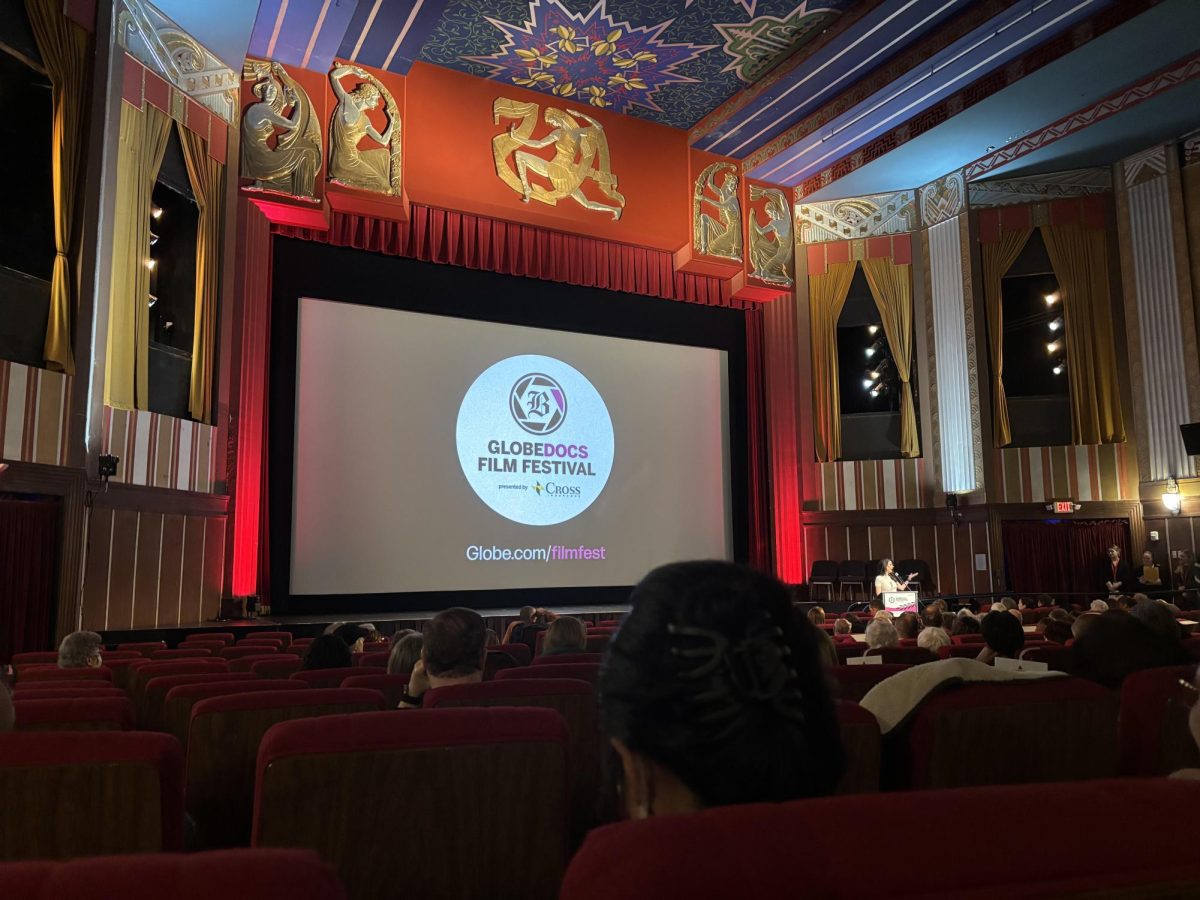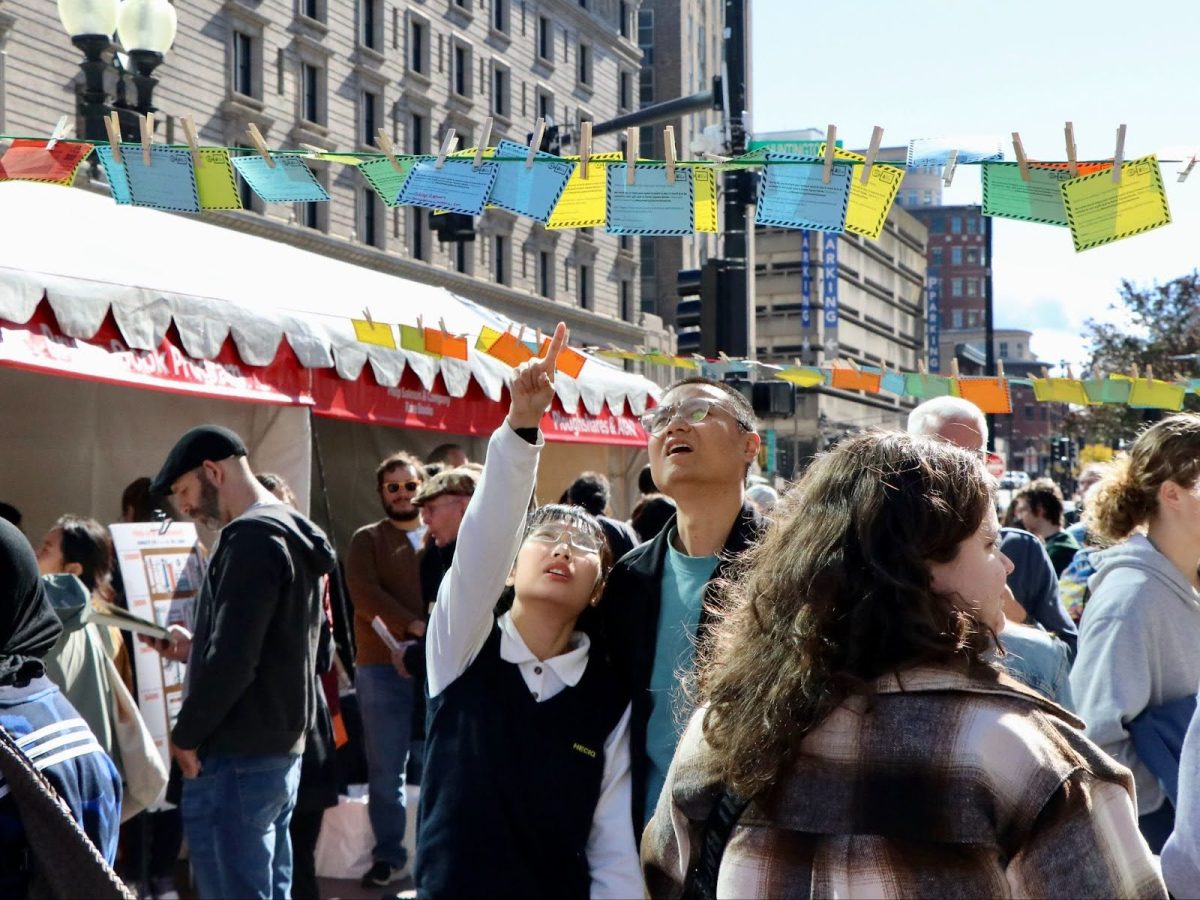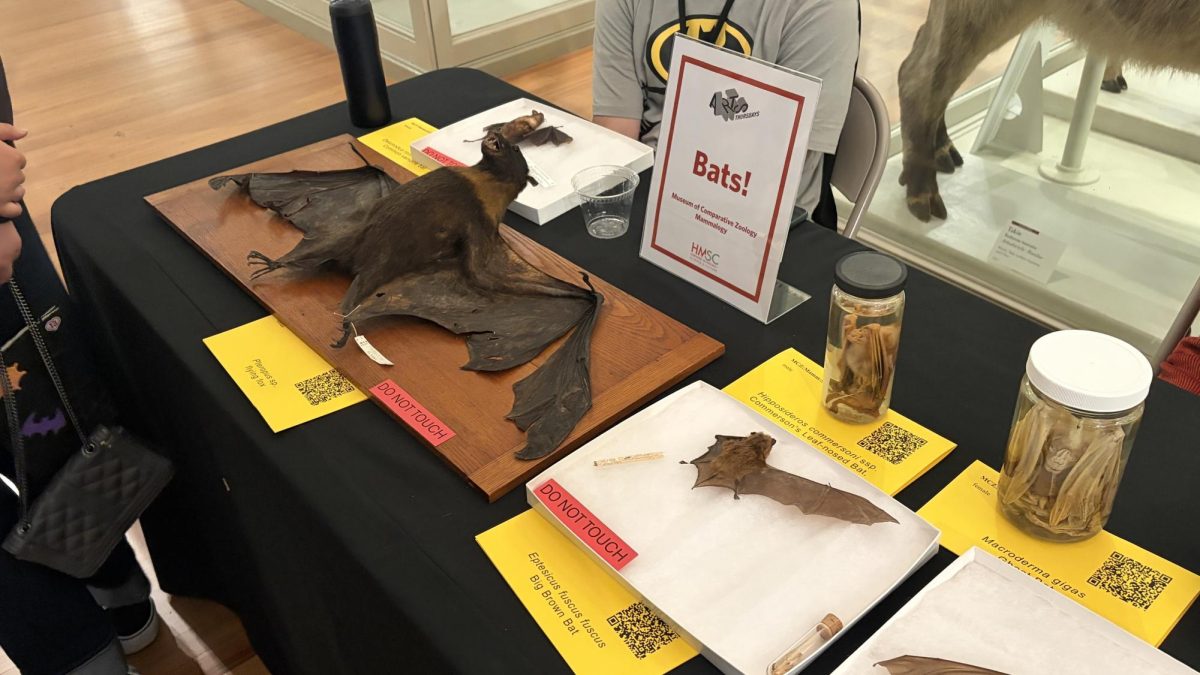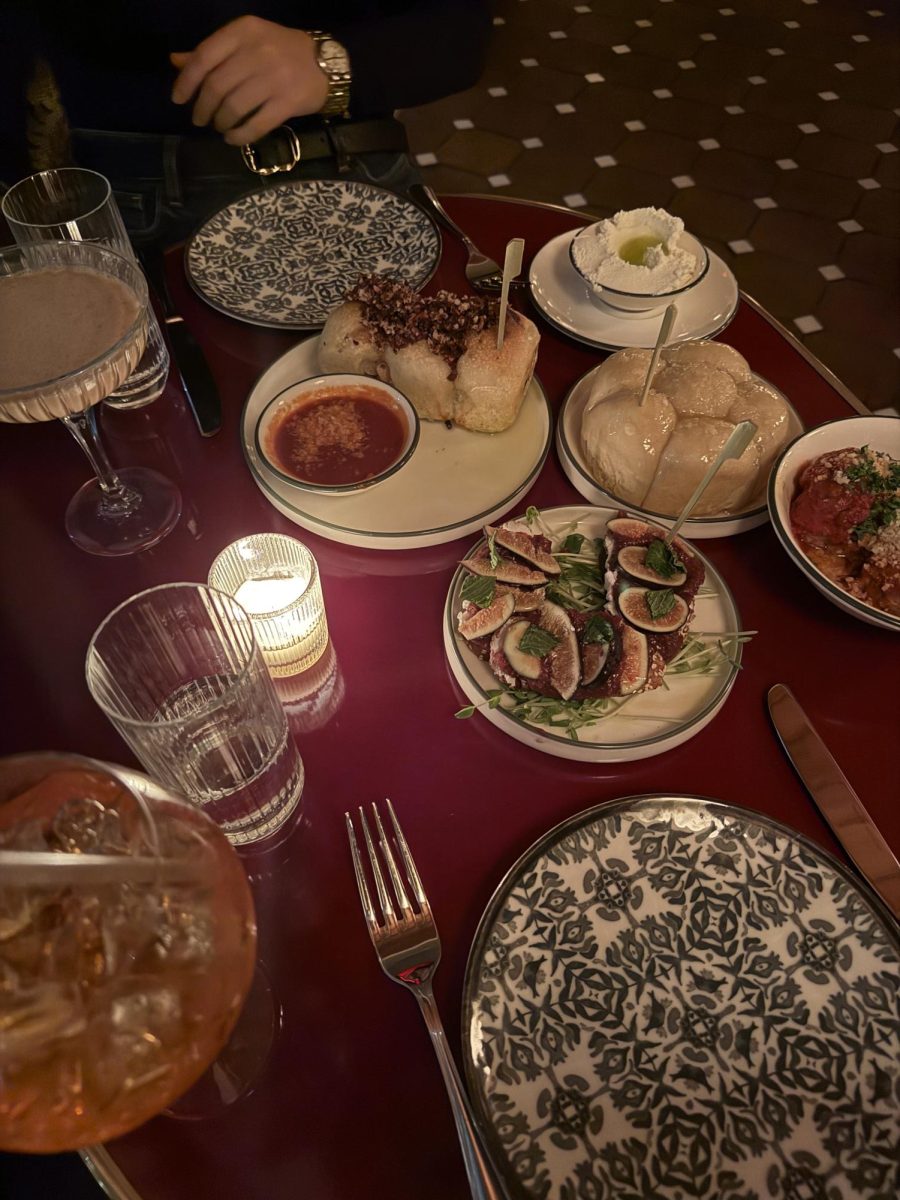Recently I returned to the Massachusetts State House, excited for my second tour of the state capitol building. On my first trip five years ago, the halls were packed with legislators, their aides and assistants, activists, lobbyists and tourists caught up in the middle of the chaos of an average day on Beacon Hill. This time, the place was quiet, devoid of most of its inhabitants aside from tour guides and security personnel. So unless you are truly a history or architecture buff, you may find this tour disappointing.
The tour guides are volunteers, people who have the time and passion for leading groups around to show them the architecture and explain the history of our state and capital. Our guide was a retiree who was keenly interested in history and state politics. We toured hallways and rooms lined with marble, where portraits of governors and other significant politicians covered the walls.
The highlight of the tour was seeing the chambers of the House of Representatives and the Senate. The House chamber, with its intricate wood paneled walls and imposing portraits above the speaker’s chair, is the more original of the two. The room has great character, and sitting in representative Marc T. Lombardo’s chair made me feel like I should know more about our state’s politics and politicians than I do. The famous Sacred Cod statue, a symbol of the importance of fishing to the commonwealth’s economy, hangs behind off of the balcony ceiling; there is a similar one in the Senate.

But if the House chamber seems like the place that legislators spend hours deliberating laws and policy, the Senate seemed all business. Parts of the room’s blue wooden walls showed their age, chipped and warped in places. Cabinets in the wall hold marble busts of notable men who left their mark on Massachusetts. Our tour guide pointed out that the senators’ chairs are all at different heights.
“Each senator is measured when they take office, and their chair is adjusted so that when the senators are gathered in the chamber, everyone is at eye level with everyone else,” he explained. Overall, the room is less worn and more modern than its counterpart. The modern feel of the room gives off the impression that the senators spend very little of their time there.
Aside from these highlights, most of my hour and a quarter in the State House consisted of standing around, which can get uncomfortable quickly when the floor is marble. Each room had its own uniqueness – and I enjoyed the time we were given to take it all in at our own pace – but we could have covered much more of the building in the time we spent on just a few floors of one wing.
Most of all, the building didn’t feel like itself without all of its bustling inhabitants. Going back this time, I missed the activity and the interest that permeated every room in the building as it did on my first tour.
Ultimately, the state house’s interior is just as imposing and beautiful as the building is on the outside. The architecture alone is worth the trip. However, if you want the best tour, wait until the legislature is in session, and the halls are brewing with activity. That’s the only way to truly experience it.














